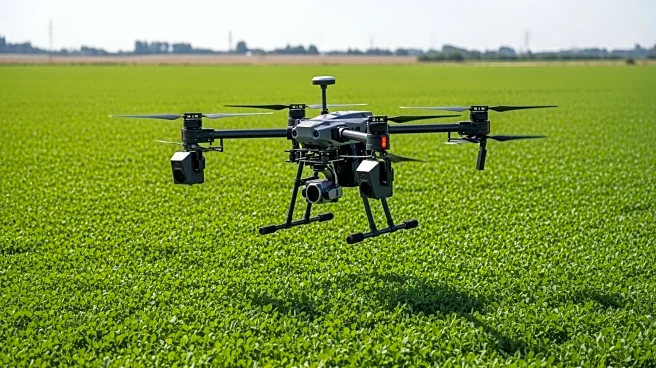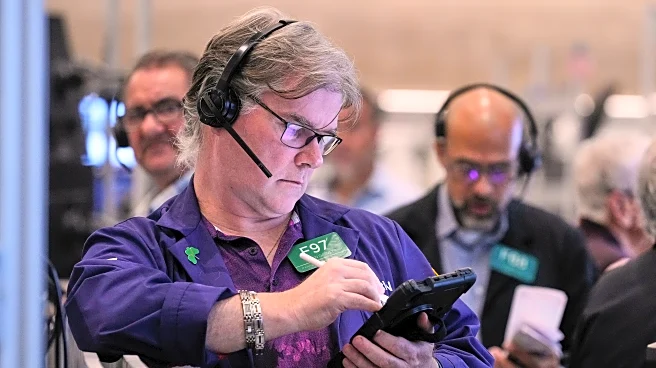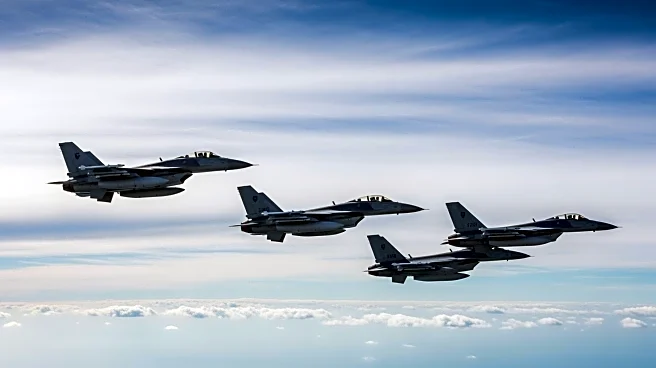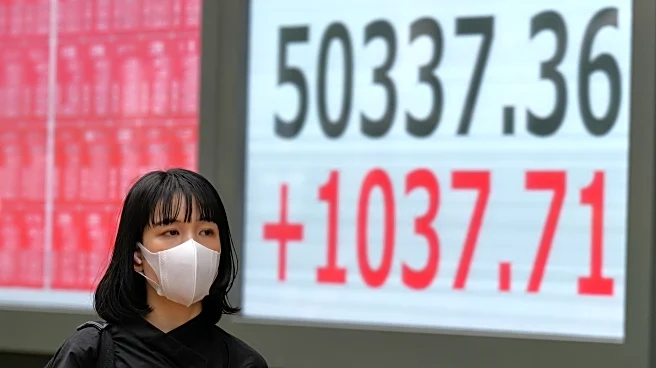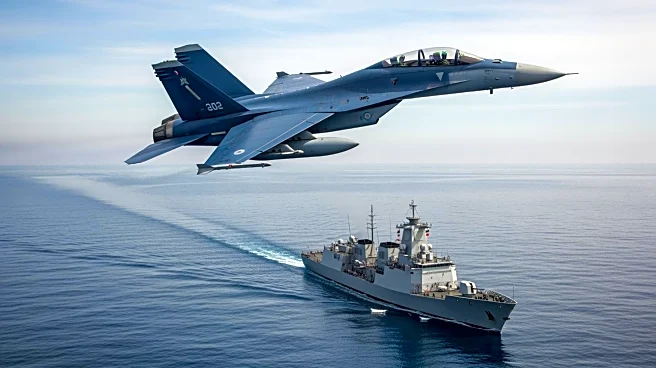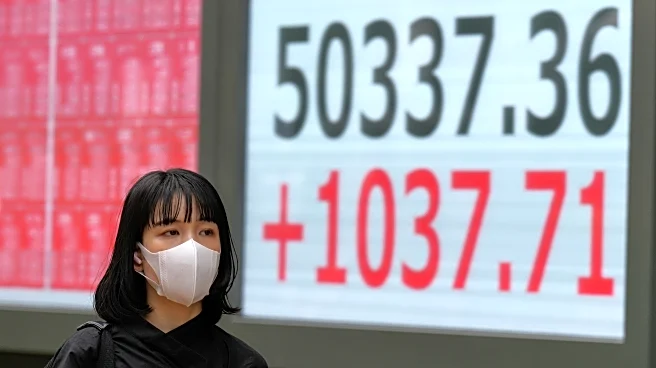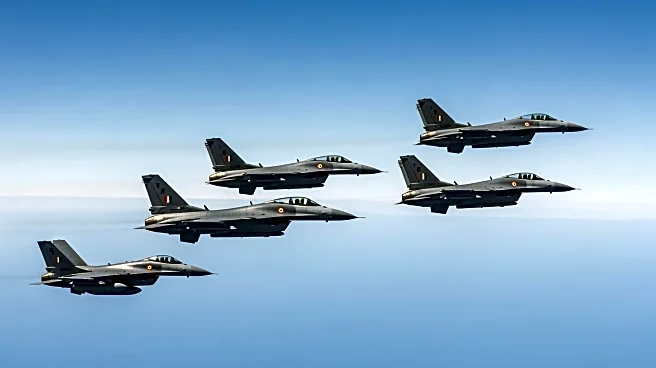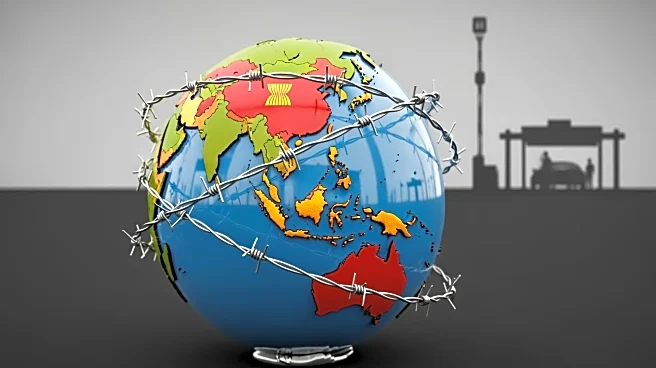What's Happening?
The global agriculture drone market is experiencing significant growth, driven by the digitalization of farming and the emphasis on precision agriculture. Valued at $5.86 billion in 2025, the market is projected
to reach $23.8 billion by 2032, with a compound annual growth rate (CAGR) of 21.6%. These drones, also known as Unmanned Aerial Vehicles (UAVs), are becoming essential for farmers and agronomists, providing real-time data collection, field mapping, and crop monitoring. Equipped with multispectral, hyperspectral, and thermal sensors, these drones can detect pest infestations, nutrient deficiencies, and irrigation issues early. The integration of AI-powered analytics, IoT, and cloud-based farm management systems is further driving their adoption across various farm sizes.
Why It's Important?
The expansion of the agriculture drone market is crucial for addressing the rising global food demand and promoting sustainable agriculture. Drones enable farmers to optimize resource use, improve crop yields, and reduce pesticide usage, aligning with global sustainability goals. North America currently leads the market due to early adoption and government support for digital farming initiatives. Meanwhile, the Asia-Pacific region is expected to see the fastest growth, driven by countries like China, Japan, and India, which are leveraging drones to counter labor shortages and enhance agricultural productivity. This technological shift not only supports food security but also contributes to environmental conservation by minimizing chemical use and improving resource management.
What's Next?
As the agriculture drone market continues to grow, further advancements in AI-driven analytics and autonomous drone technology are expected. These developments will enhance the efficiency of field operations and expand the capabilities of drones in precision agriculture. Emerging economies present significant opportunities for drone manufacturers and service providers, as they increasingly recognize the benefits of drones for improving crop yields and managing pest outbreaks. The shift towards Drone-as-a-Service (DaaS) models will democratize access to drone technology, allowing small-scale farmers to benefit from aerial data analytics without large upfront investments.
Beyond the Headlines
The agriculture drone market's growth also highlights the need for addressing regulatory challenges and technical barriers. High initial investment costs and regulatory restrictions on UAV operations pose challenges, particularly for small and medium-scale farmers. Additionally, the integration of drones with existing farm management systems requires overcoming technical expertise gaps and ensuring data interoperability. As the market evolves, addressing these challenges will be crucial for maximizing the potential of drones in transforming agriculture.
